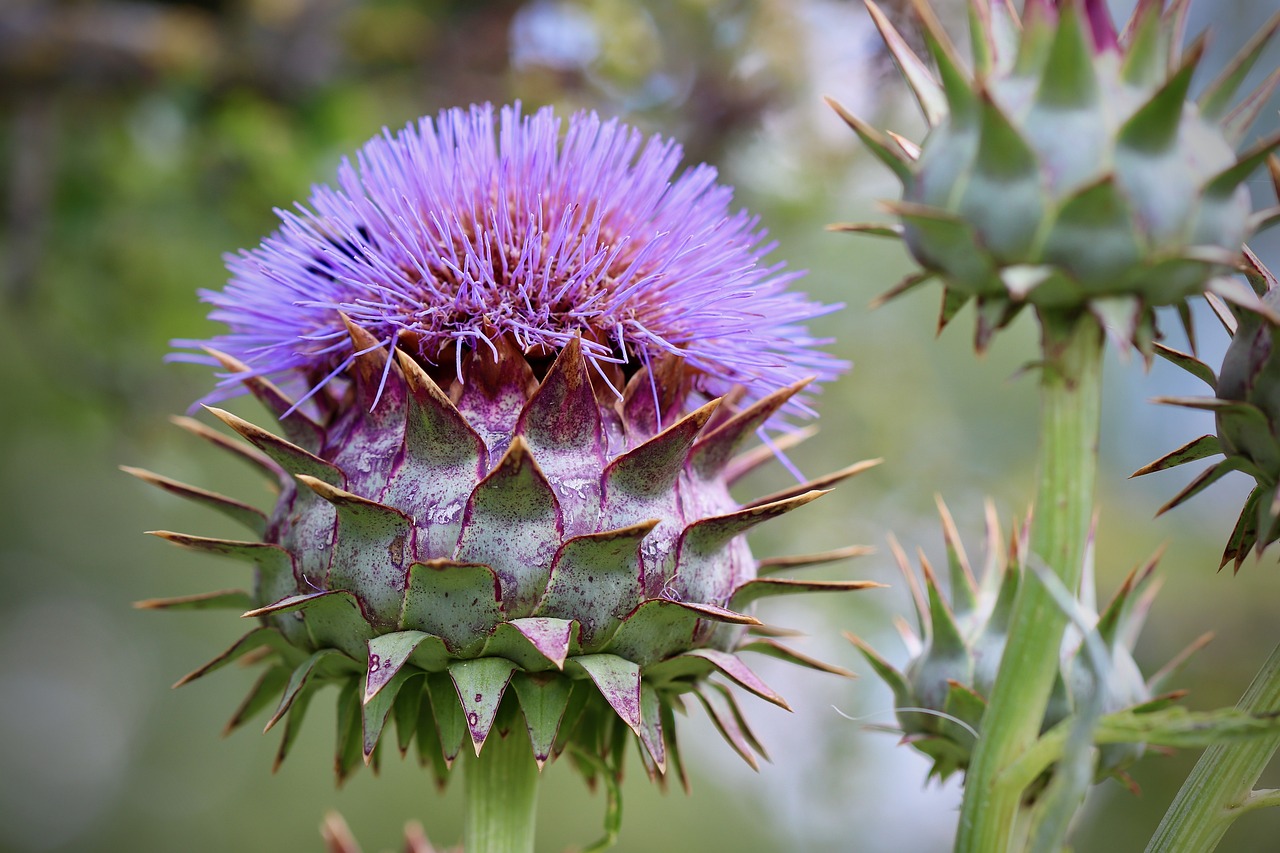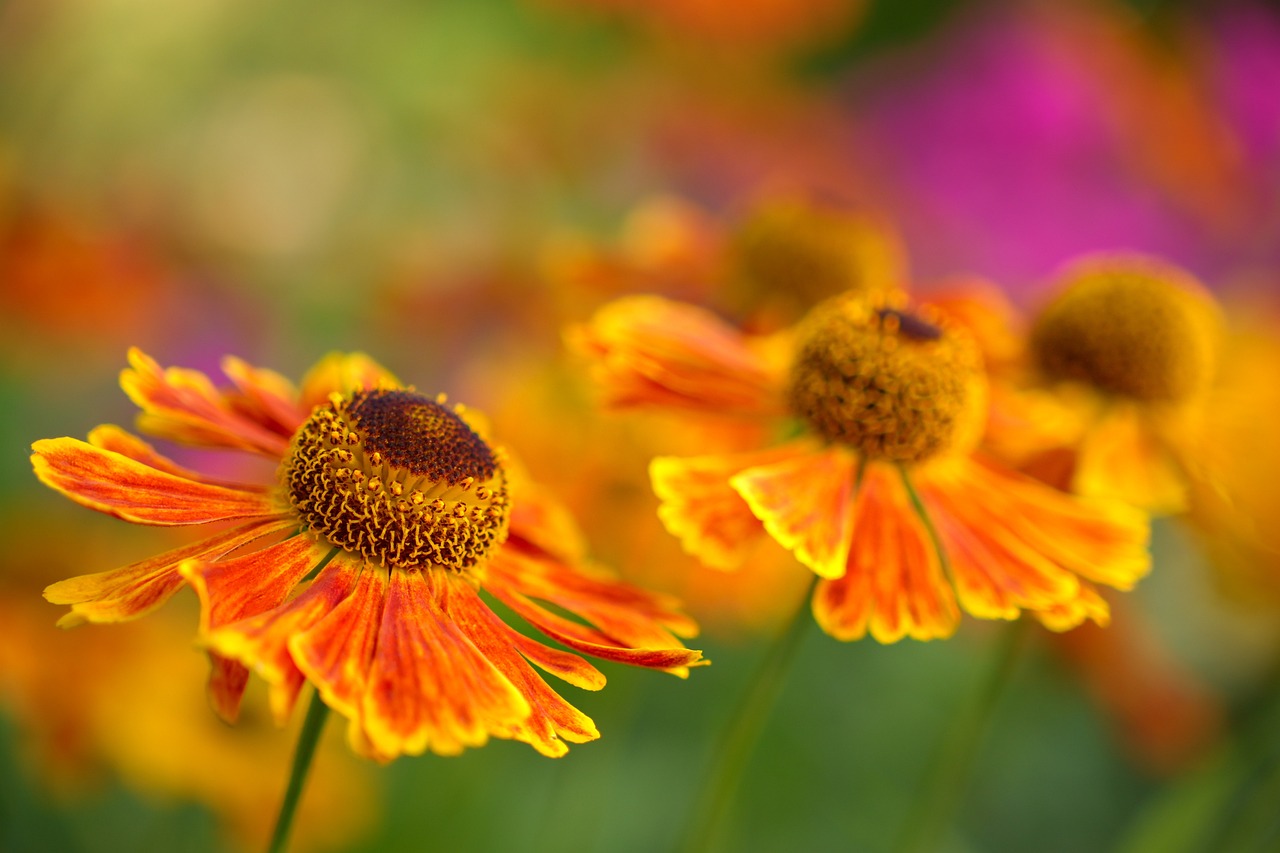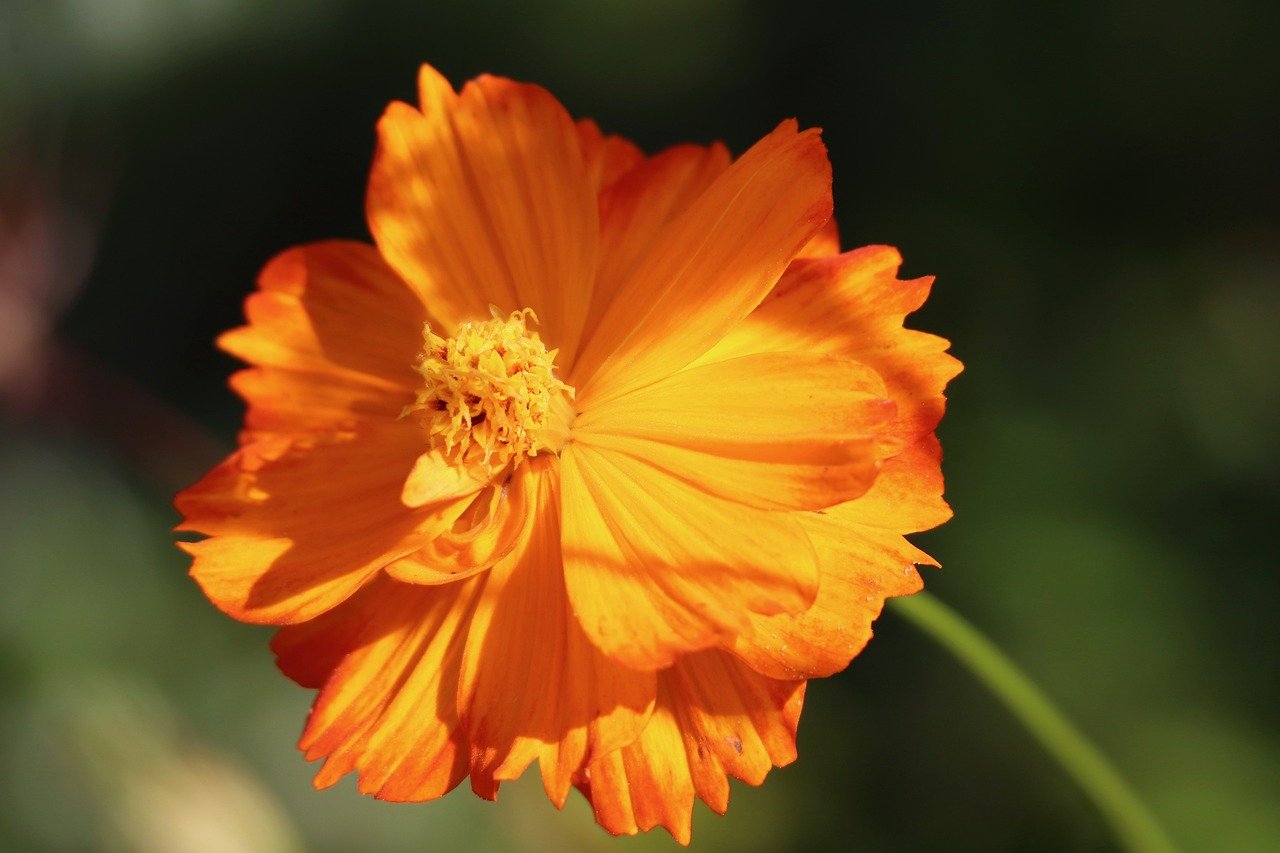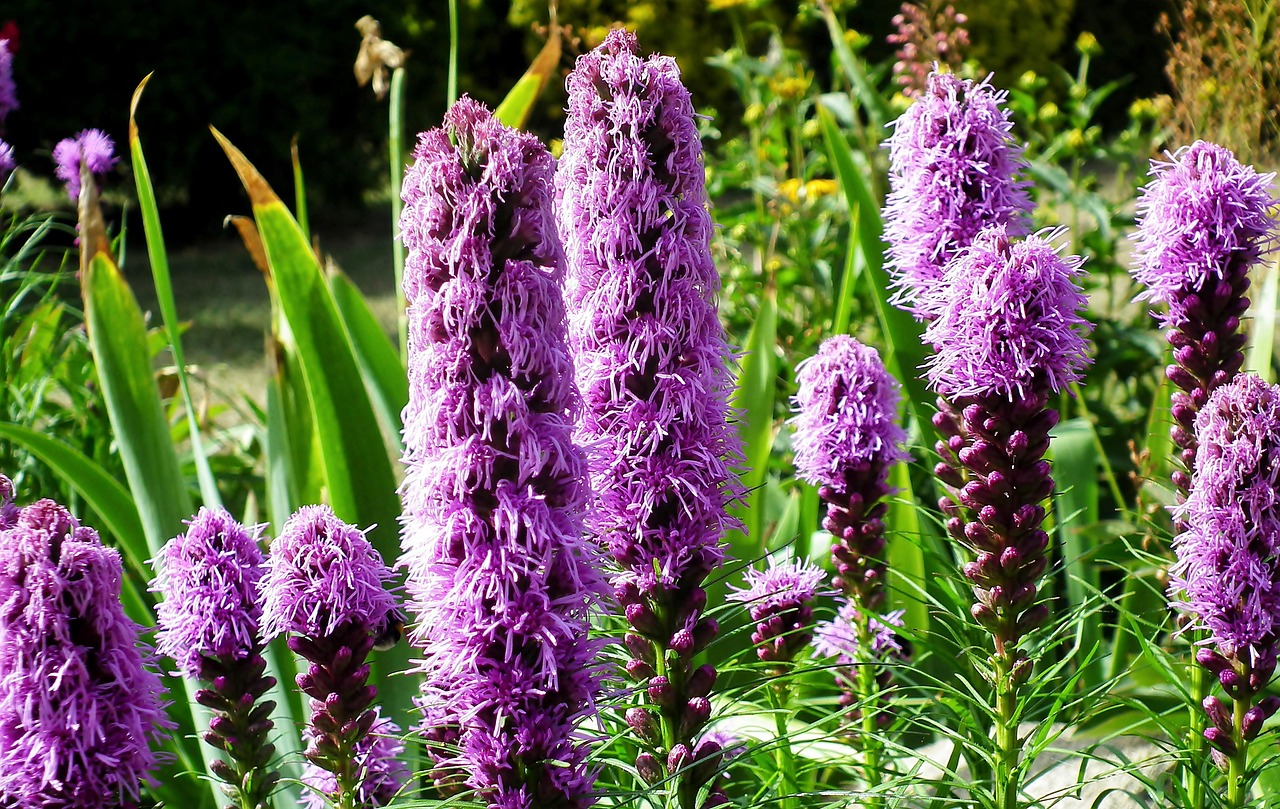Sunflower | A Summer Symbol That Follows the Sun
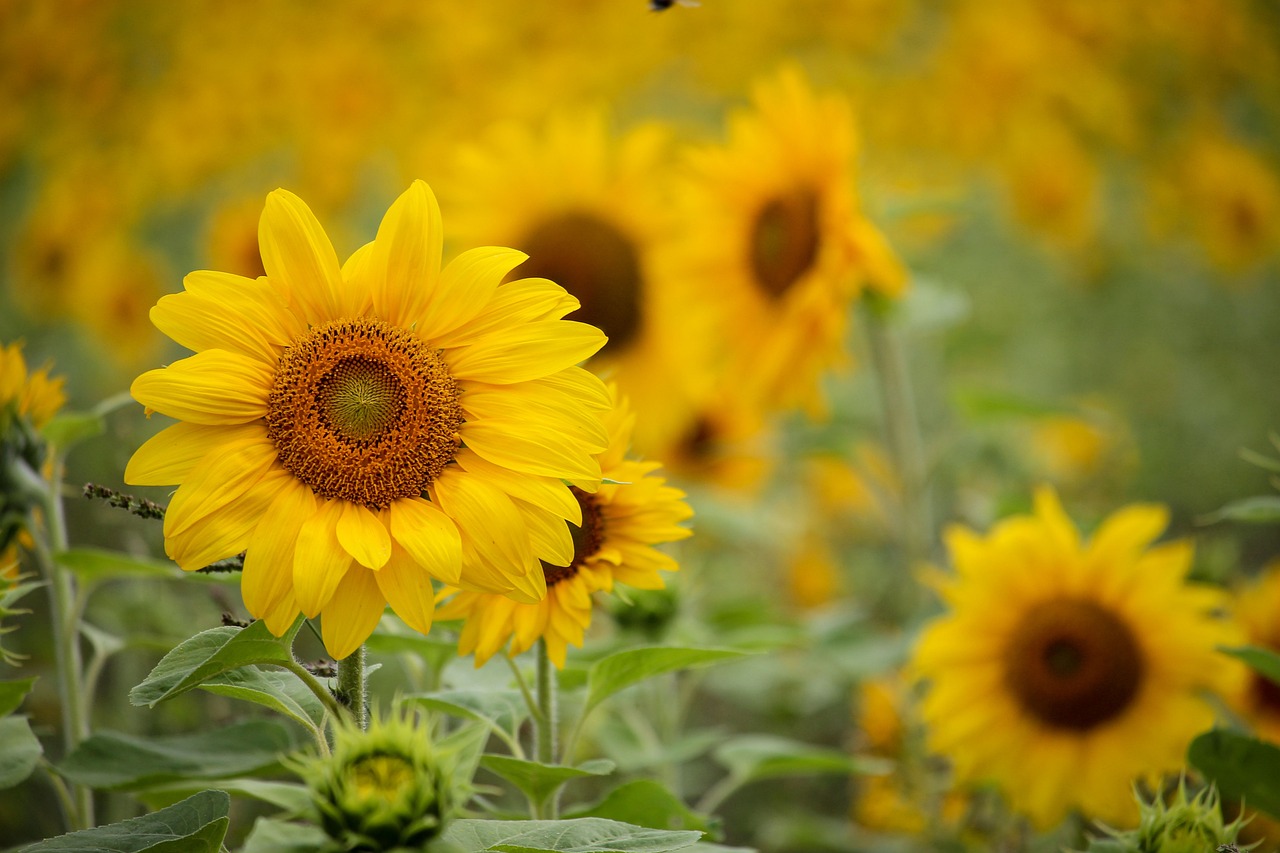
The sunflower is widely known as a symbolic flower of summer. Its upright posture, always reaching toward the sun, gives people a sense of energy and vitality. Its large, bright yellow blossoms make it a perfect choice for summer gardening.
In this article, I will explain in detail the basic information about sunflowers, their cultural significance, historical anecdotes, and practical gardening advice.
Basic Information
- Scientific Name: Helianthus annuus
- Family: Asteraceae
- Origin: North America
- Appearance:
Sunflowers are characterized by their large yellow or orange flowers, thick stems, and broad leaves. Depending on the variety, they can grow over two meters tall. The central disc, where the seeds cluster, is dark brown or black in color. - Blooming Season:
They bloom from July to September, showing their most radiant beauty under the midsummer sun.
Cultural Significance Worldwide
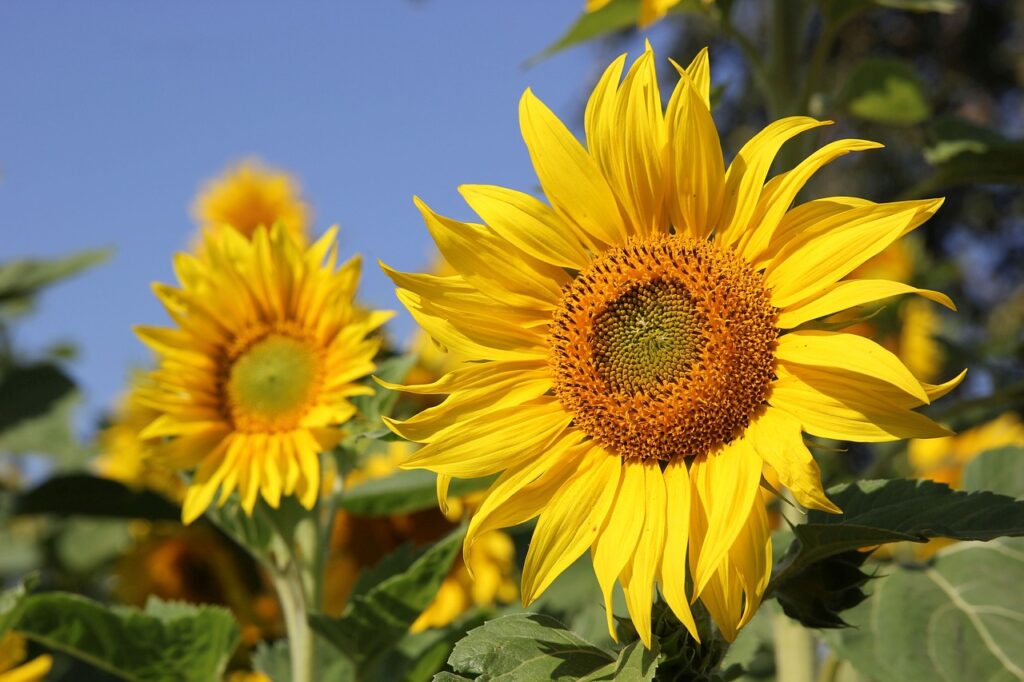
The sunflower is recognized worldwide as a symbol of the sun and vitality.
In the United States, it is regarded as a national flower, admired for its vigorous growth and its tendency to face the sun, which conveys a positive image.
In Europe, sunflowers are symbols of summer festivals and celebrations, and they are an essential part of rural landscapes in southern France and Italy.
The flower language of the sunflower includes “admiration” and “adoration,” making it a popular gift, especially for loved ones.
In Japan as well, sunflowers are cherished as symbols of bright summer landscapes, often used in gardening and events. They are also familiar to children as easy-to-grow flowers, commonly seen in school flower beds and community activities.
Historical Episodes
The history of the sunflower dates back to ancient Native American civilizations. They used sunflowers for food, medicine, and dyes. Sunflower oil, extracted from its seeds, is still widely used today as an edible oil.
Sunflowers were introduced to Europe in the 16th century. Spanish explorers brought them back from the Americas, after which they spread across the continent.
The famous painter Vincent van Gogh created a renowned series of sunflower paintings, works that remain beloved to this day. Through his art, the sunflower also came to be recognized as an artistic symbol.
Gardening Advice
Cultivation Guide
Sunflowers are sun-loving plants and should be planted in locations where they receive maximum sunlight. They thrive in well-ventilated areas, but in windy spots, supporting the stems with stakes is essential.
As fast-growing plants, they need moderate watering to prevent excessive dryness. Well-drained soil is ideal, and nutrient-rich soil promotes even greater growth.
Fertilizers high in nitrogen during the growing season help strengthen the stems and leaves.
Environment and Growing Conditions
Sunflowers prefer neutral to slightly alkaline soils with good drainage. If the soil is too compact or lacking in nutrients, compost or organic fertilizer should be added to improve it.
They tolerate high temperatures well, but in particularly dry areas, frequent watering is necessary.
Thinning and proper pruning during growth encourage healthy development by maintaining good air circulation.
Conclusion
The sunflower, blooming brightly toward the sun, is a captivating flower that brings cheerfulness to summer gardens and parks. It is easy to grow even for beginners, and with the right environment, it can grow tall and produce magnificent flowers.
Cultivation is relatively simple, and with proper sunlight and watering, one can enjoy their vibrant presence every summer.
I encourage you to include sunflowers in your next gardening project and experience their radiant brightness, much like the sun itself.


